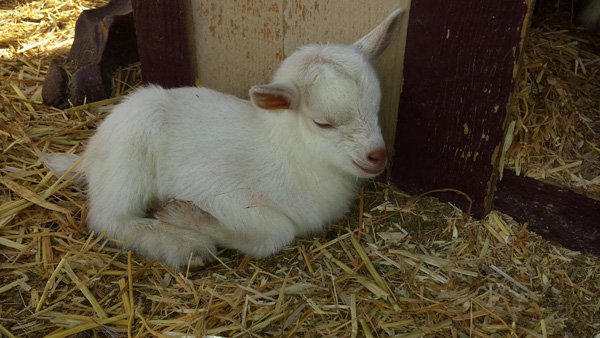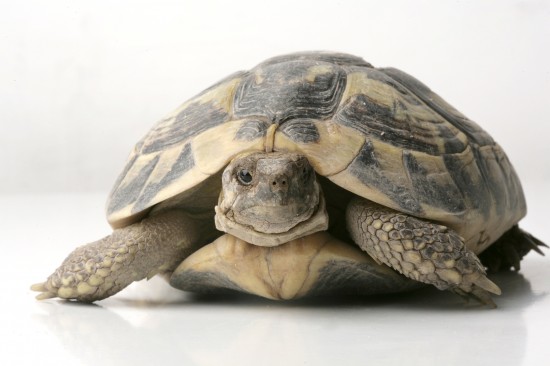Saltwater aquarium known as well as marine aquarium, this type of tank is more expensive and more demanding then a freshwater aquarium but with a little help and with the right guide you can setup your own saltwater tank, I believe that if you have the suitable equipment it will help you to avoid future problems.
Equipment list:
1- Aquarium- as much as the tank is bigger it will by easy to maintain it, in small tanks any water parameters changes or drop in temperature will lead to disaster wile large tanks are more tolerating, in this type of tank (saltwater) as the tank go bigger the expenses are more significant.
2- Aquarium gravel- substrate such as crashed corals is ideal for saltwater tank.
3- rocks- high quality rocks are essential; as the hobby develops we can see more and more fish keepers using live rock.
4- Saltwater mix.
5- Hydrometer or refractometer- in order to check and monitoring your salinity you should use hydrometer or refractometer, refractometer is very accurate while the hydrometer use to fake, to my opinion purchase refractometer will be the smart move, you don抰 want your tank to crush because your hydrometer fakes.
6- Heater.
7- Protein skimmer-don't cheap on this equipment, the protein skimmer is one of the most important and essential equipment in saltwater aquarium.
8- Powerheads and wave box.
9- Sump- to my opinion working with a sump is the right thing to do in saltwater aquarium, it is easy to maintain, media capacity are huge and you can store the hearer, Powerheads and other equipment in it.
10- Replacement media such as filter floss, crushed rocks and activated carbon.
11- Aquarium vacuum, fish net, aquarium scraper, 2-3 five gallon clean buckets, aquarium thermometer.
12- Saltwater fish food.
13- Saltwater test kits- in order to test and to monitor your water parameters you will need test kits such as Ammonia, Nitrite, Nitrate, Phosphate, and Alkalinity
14- Quarantine Tank.
15- Reverse Osmosis.
First thing before entering the hobby is the need to understand that fish are animals just like a cat or a dog and responsibility comes along, responsibility expressed by the need to perform water changes, feeding the fish on daily basis, monitor water condition end even to spend some money on them (fish food, media, medicine), in saltwater aquarium expenses are something you cant ignore, recommended to know this before you start your aquarium setup. Before you purchase an aquarium you should do your homework and make your self list of fish that you want, if you will know what kind of fish you want it will be easy to match a tank, sump and equipment. Purchasing equipment should be done slowly with a lot of homework, make sure to buy appropriate equipment at the beginning instead of purchasing something you will regret on later and then you will be need to replace it. After deciding what equipment you will need and after you decide what size tank you will need it is time to think where to place it, you should place it away from windows because you don抰 want temperatures and light affect your tank, sunlight that enters the room can cause to algae problems and affect the temperatures, it will be smart to avoid it. It is also recommended to place your tank on a massive stand that will be able to hold the tank weight, to know your total tank weight you just need to multiply gallon tank 10 times, for example 100 gallon tank will weight 1000 pounds (including water), to this calculation add your rocks total weight. Wash out your tank (and your sump) with water only, using chemicals or soap can poison your tank, same thing with your gravel, be sure to wash it with water only in order to remove dirt, do the same with the rocks, If you have live rocks don抰 wash them at all, after wash put gravel and rocks in a bucket, you will need them later on. If you want to paint the back glass tank this is the time to do so, blue and black are common paints that give the tank illusion of depth and highlight fish colors, after painting let the tank to sit for 1-2 days to allow the paint to dry. When the aquarium is dry you can place it on the stand, now you should hook up your sump to the main tank. Install your heater, protein skimmer (if he is not external), and other equipment you have in the sump, don抰 plug the equipment yet just place it. Now it will be a good time to fill your tank with reverse osmosis, be patient the process take time, while the tank fills with water you can add the salt wile monitoring water salinity with the hydrometer or refractometer, hook up your wave box in order to mix the salt, after the tank is half full with water (stop water at this point) test your salinity again till you have got specific gravity between 1.020 and 1.024, make sure that all the salt mix have dissolve before you make your last salinity test, let the water "run" for at least 2 days. High quality rocks are essential in order to built prosperous bacteria colony, some use live rocks wile some prefer dry rocks. To my opinion in this type of tank (marine) you can save some money and purchase dry rocks. Now you can add your substance (crushed corals) and then and place your rocks in the tank. Before adding any fish you have to wait your tank to be cycled, this process can take several weeks, in this period of time you need to monitor your aquarium water with your test kits, check your PH, Ammonia, Nitrite, Nitrate and Carbonate hardness levels, also check your water salinity, this are the parameters that you will need to keep: Temperature: 24-27c (75-85F).Ph- 8- 8.4.Salinity ?1.020-1.024. Ammonia: 0. Nitrite: 0. Nitrate- 10 ppm or less. Carbonate hardness: 7-10 DKH.
After your tank has cycled you should pass water to your quarantine tank and operate equipment, when your quarantine ready it is time to purchase your first saltwater fish, in order to acclimate the fish dump the bag into a clean bucket and then add about 1 cup of aquarium water to the bucket every 10 minutes, continue to add 1 cup of aquarium water to the bucket every 10 minutes, do this acclimation process for an hour at least, then take the fish net and carefully introduce the fish to its new home (quarantine tank), in the first day there is no need to feed the fish, month pass by and it is time to move the fish to the main tank, acclimate the fish carefully for at least half hour. Do the same process with every new fish that you are going to purchase. Now, it is time to lay down and enjoy your fish tank, but never forget if you want your tank to look good as it looks right now you have to work for it by monitor the salinity, temperature and water parameters. Change your tank water one time a month, exchange of 15%-20% will be great, don抰 forget to replace media and to clean your protein skimmer as well. If you will do so, enjoyment guaranteed?.
For more free information about fish tank setups come visit us in our fish tank setup section http://www.aquariumpassion.com/articles/fish-tank-setup.html at: http://www.aquariumpassion.com/

 Pet Boarding Facility in Chapel Hill: Safe Heaven for Your Pet
Pet Boarding Facility in Chapel Hill: Safe Heaven for Your
Pet Boarding Facility in Chapel Hill: Safe Heaven for Your Pet
Pet Boarding Facility in Chapel Hill: Safe Heaven for Your
 DIY Healthy Dog Treats
DIY Healthy Dog Treats
Less preservatives and
DIY Healthy Dog Treats
DIY Healthy Dog Treats
Less preservatives and
 How To Look After A Sick Or Dehydrated Tortoise
How To Look After
How To Look After A Sick Or Dehydrated Tortoise
How To Look After
 Dogs And Families - Some Safety Tips To Remember
Dogs And Families
Dogs And Families - Some Safety Tips To Remember
Dogs And Families
 Greater Swiss Mountain Dog Hereditary Health And Longevity
Greater Swiss Mou
Greater Swiss Mountain Dog Hereditary Health And Longevity
Greater Swiss Mou